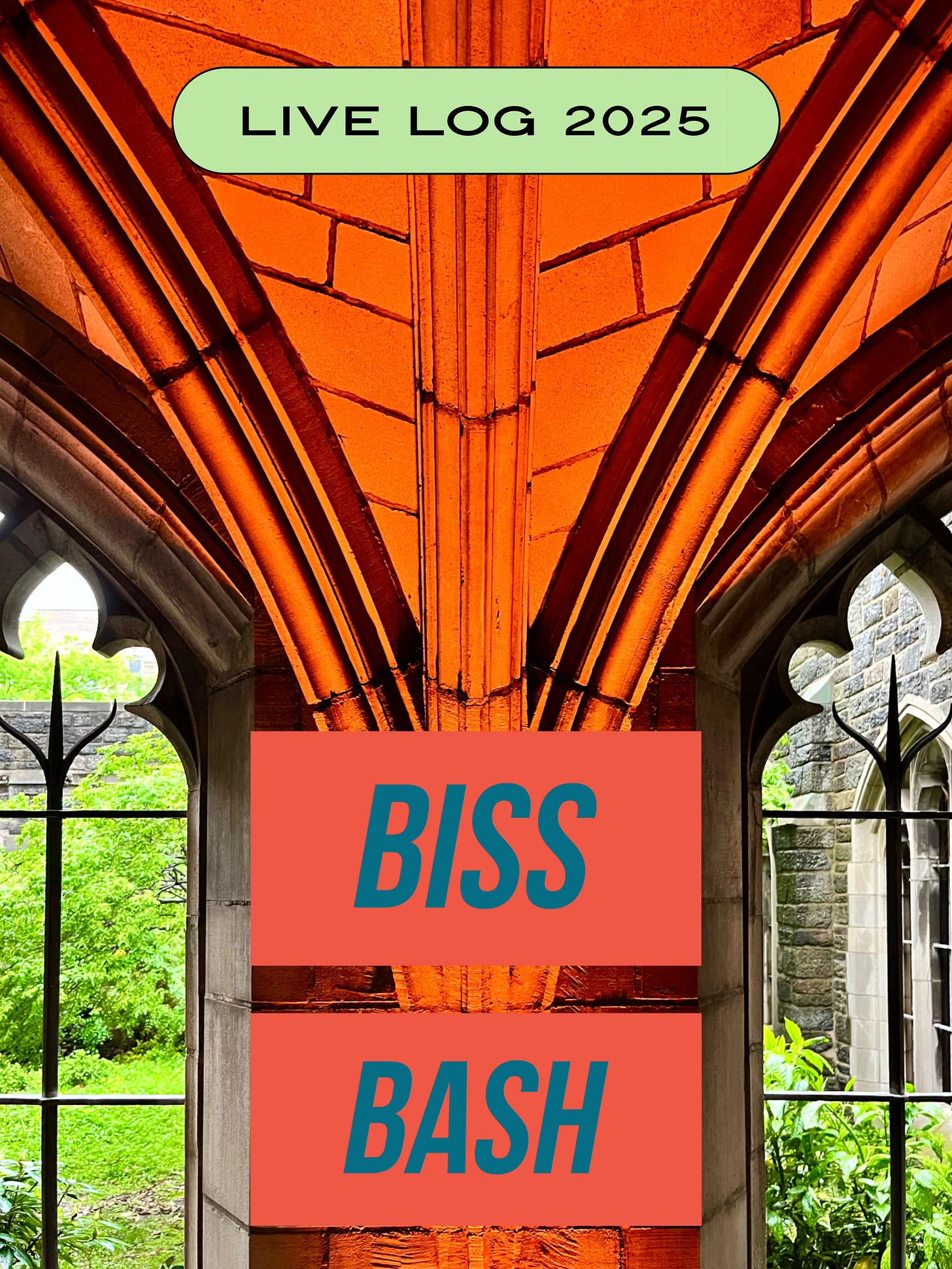Live Log 2025: Biss Bash
On another magical night from Death of Classical, I came for the Tyshawn Sorey and stayed for the Franz Schubert.
May 9th: Jonathan Biss, The Crypt of the Church of the Intercession, Harlem, Presented by Death of Classical
Jonathan Biss is a well-known pianist with a passionate following, but not an artist I’ve explored in depth, as he mostly performs and records 18th- and 19th-century repertoire. However, an invitation from Death of Classical, who consistently crea…
Keep reading with a 7-day free trial
Subscribe to AnEarful to keep reading this post and get 7 days of free access to the full post archives.


